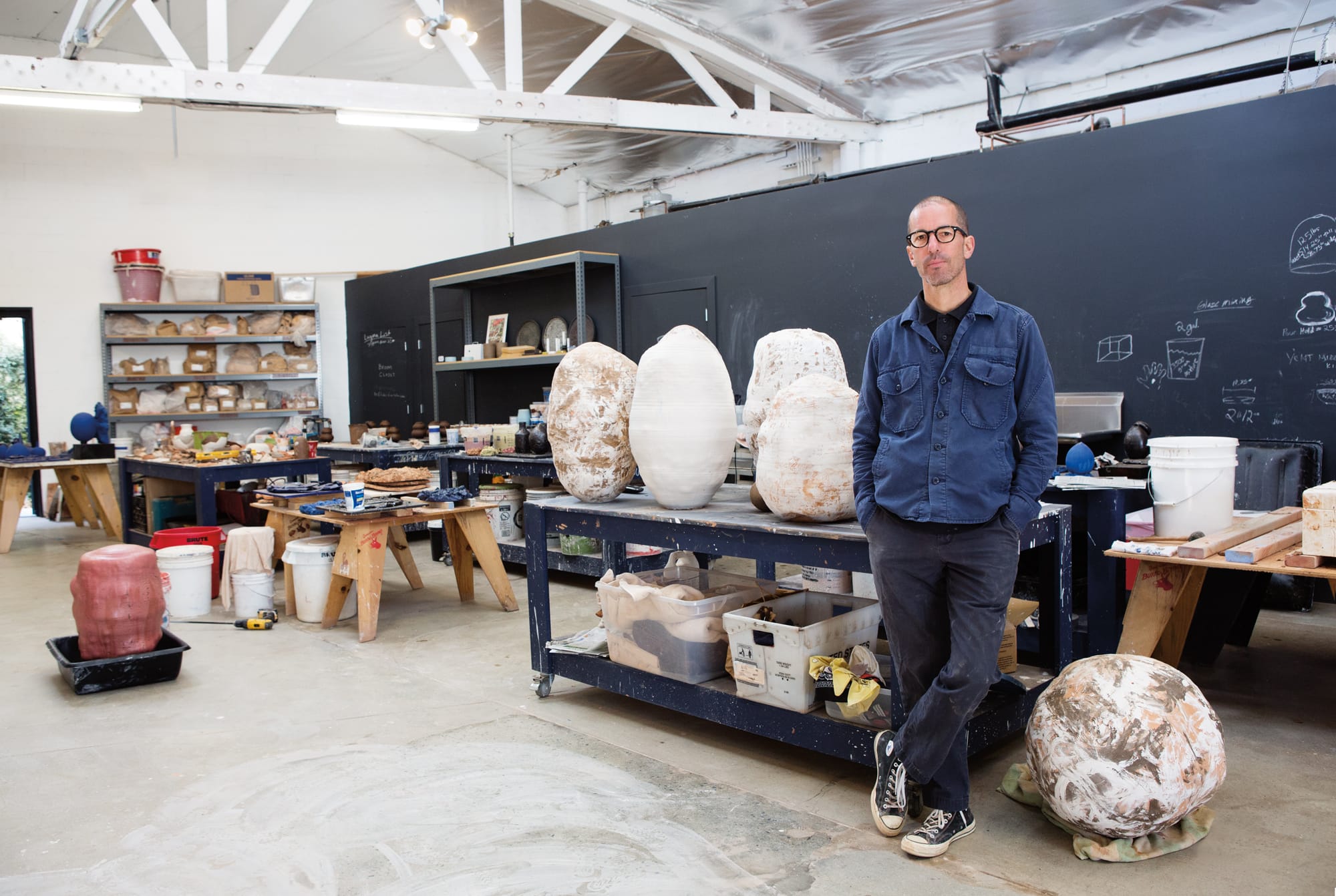Adam Silverman Is Reshaping the Future of Ceramics
The California-based potter gets experimental with his latest work

Adam Silverman is an artist, a designer, a potter—but maybe, most important to me, he’s a risk taker. He pushes the boundaries of pottery, and the increasingly intertwined worlds of art and design. Silverman has long straddled this line between form and function. He studied architecture at the Rhode Island School of Design, and once ran a successful fashion company. Both experiences have influenced his current expressionist form-making.

He had a previous ceramics studio, Atwater Pottery, which is where I was first introduced to his work—soon becoming a client and friend. Then he spent five years as creative director of Heath Ceramics in Northern California, where he helped breathe new life into the storied ceramic tableware company. About two years ago, Silverman decided to double-down on himself. He began a new chapter, opening an eponymous studio in Glendale, and taking a full step toward the middle of his self-described “creative” Venn diagram.
The gamble has paid off: Silverman is now producing the most exciting and challenging work of his career. Currently, he is represented by the Los Angeles-based gallery Cherry and Martin and by Friedman Benda, in New York. But is he a designer showing at a fine arts gallery? Or an artist at a design gallery? As Silverman explains, “Artist. Designer. Potter. I am happy to be all of those things.”
